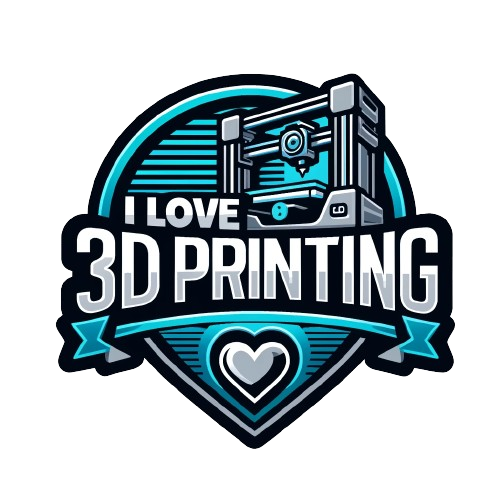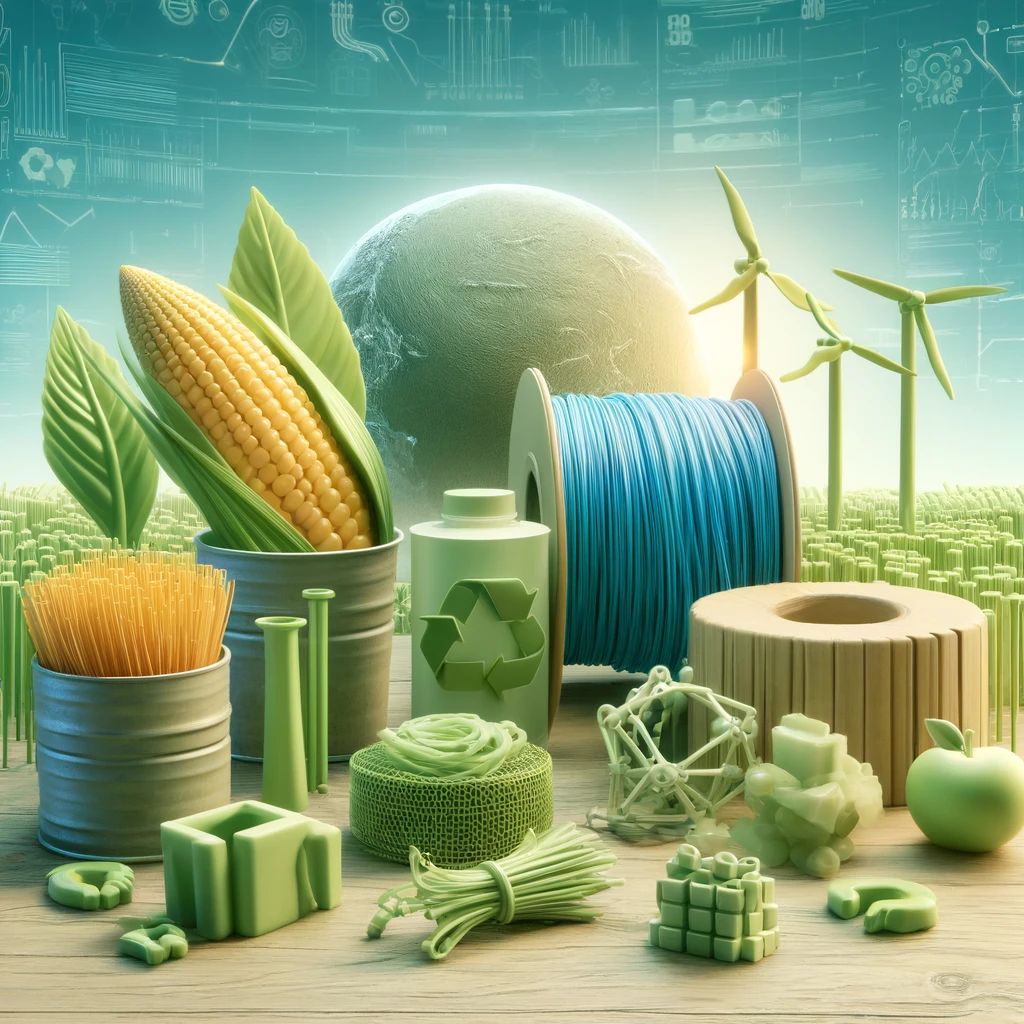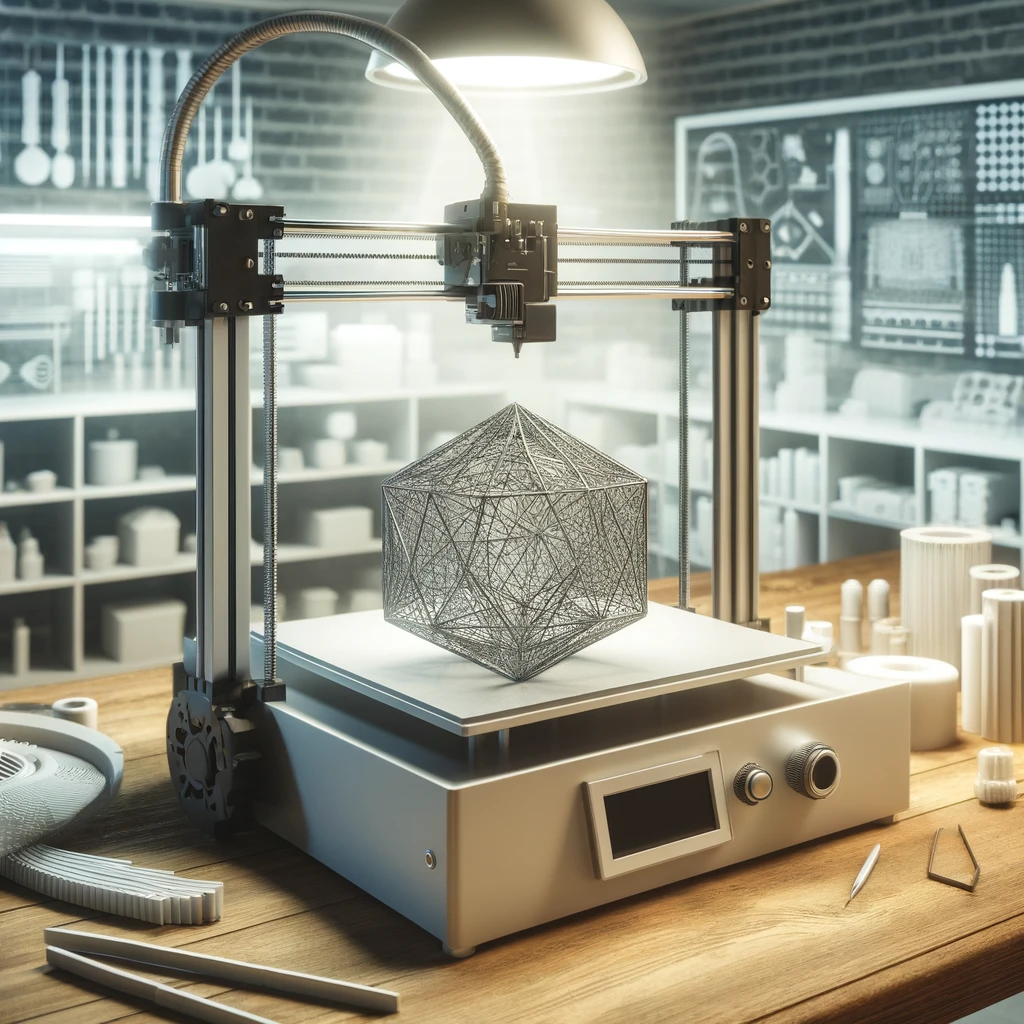Enhancing Sustainability Through 3D Printing: A Guide to Eco-Friendly Manufacturing
Known for its efficiency and innovation, 3D printing technology promotes sustainable manufacturing practices. This guide delves into how 3D printing is revolutionizing the industry by focusing on sustainable materials, reducing waste, and enhancing energy efficiency.
Sustainable Materials in 3D Printing
The shift towards sustainable 3D printing materials is significant. Biodegradable materials like Polylactic Acid (PLA) are derived from renewable resources such as corn starch, offering an environmentally friendly alternative to traditional plastics. Integrating recycled plastics into 3D printing also helps address global plastic waste by repurposing it into valuable new products.
The Rise of Eco-Friendly Materials in 3D Printing
Reducing Waste with 3D Printing
3D printing stands out for its minimal waste production compared to traditional manufacturing methods. By adding material layer by layer to form objects, 3D printing technology significantly cuts down the material waste typically associated with manufacturing, proving its role in sustainable production.
Minimizing Waste: How 3D Printing is Making Manufacturing Cleaner
Energy Efficiency of 3D Printing
While 3D printing energy consumption is variable, the technology offers significant energy savings in the broader context of manufacturing. Localized production reduces the need for transporting goods over long distances, effectively decreasing the overall carbon footprint associated with manufacturing.

Energy Efficiency: Optimizing Power Use in 3D Printing
Customization and Local Production
The ability to customize products and manufacture them locally is one of the standout features of 3D printing. This capability not only conserves materials and reduces excess production but also minimizes the carbon emissions tied to global logistics, further enhancing the sustainability of manufacturing processes.
Local Production and Customization: Reducing Carbon Footprints with 3D Printing
Challenges to Sustainability in 3D Printing
Despite its advantages, 3D printing sustainability faces challenges, particularly with energy requirements and the complexity of recycling printed products. Addressing these issues is crucial for maximizing the eco-friendly potential of 3D printing.
Addressing Sustainability Challenges in 3D Printing
Future Trends and Innovations
The future of 3D printing in sustainability looks promising, with ongoing innovations aimed at reducing environmental impacts. Research into new biodegradable materials and advancements in printing technology are expected to further improve this exciting field’s sustainability.
Innovations in 3D Printing: Paving the Way for a Sustainable Future
Conclusion
3D printing technology is set to transform the manufacturing landscape with its capacity for eco-friendly innovation. By focusing on sustainable practices, the industry can significantly reduce its environmental impact, paving the way for a greener future.




